LattePanda Introduces the Sigma Single Board Server
Product of the Week Spotlight: Since the introduction of the LattePanda Sigma, it has garnered significant attention and praise from tech enthusiasts and professionals alike. Given its groundbreaking features and capabilities, it's no surprise that it was recently featured as the "Product of the Week" on Electromaker. For a deeper dive into its performance, specifications, and real-world applications, don't miss out on our comprehensive Product of the Week review on the LattePanda Sigma. Discover why this single-board server is making waves in the tech world and why it deserves the spotlight this week!
LattePanda has introduced the Sigma, a new Single-Board Computer (SBC) aimed at home server use. The company advertises the new product as a "Single Board Server," cementing the idea that SBCs aimed at DIY homelab setups are gathering momentum.
We featured the LattePanda Sigma in our Product of the Week series. Check out the video now!
The board features the familiar LattePanda heatsink/fan design, but the really interesting stuff happens under the hood - and along the sides. It's an x86 board, with quite a lot more power than you'd expect for something billed as a server. Then again, in an age of AI tools using untold amounts of server power, who wouldn't want a bit more grunt at home? We'll go through all of the specs below, but here are the basics:
It features an Intel Core i5-1340p processor with 12 cores and 16 threads, offering a maximum turbo frequency of 4.60 GHz for a performance core and 3.4 GHz for an efficiency core. LattePanda claims that they have reduced power usage by over 50% through optimization, but it remains to be seen exactly how and where that efficiency comes from.
In addition to its powerful processor, the LattePanda Sigma also comes with 16GB of dual-channel LPDDR5-6400 RAM and the Intel Iris Xe Graphics technology, providing users with multiple display outputs, allowing for enhanced multitasking capabilities and flexible display configurations.
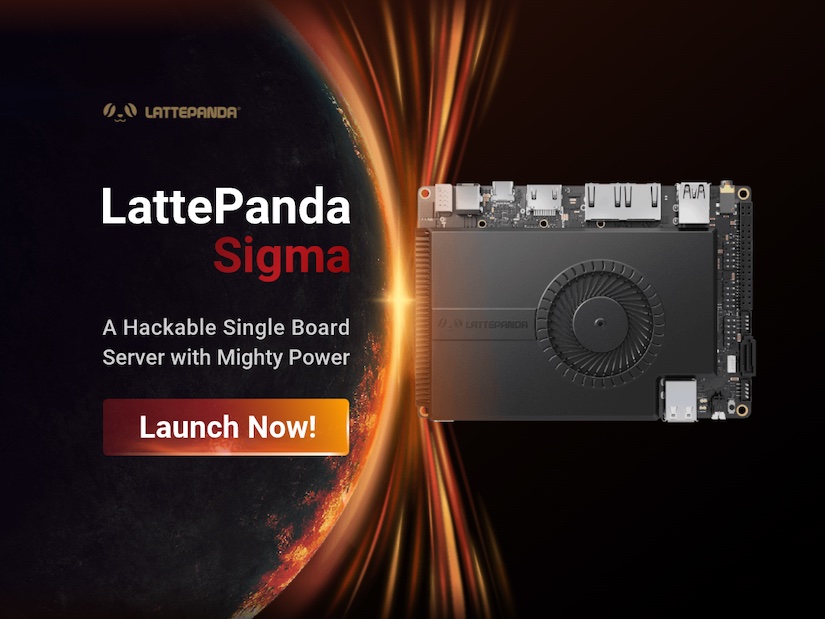
The board is designed with a heating pipe that facilitates faster heat conduction and efficient heat dissipation, maintaining high performance and stable operation. It also boasts a user-friendly and reasonable interface design that enables plug-and-play with ease. The rich interfaces offer seamless connectivity and enhanced user experience, with dual Thunderbolt 4 ports for lightning-fast data transfer speeds and versatile connectivity, as well as dual 2.5Gb Ethernet ports for higher throughput and lower latency between devices. In terms of OS, there's support for both Windows and Linux natively, as it is x86.
Much like the LattePanda Delta, the Sigma features an ATMega32u4 coprocessor, allowing it to work with various forms of I/O directly, though it remains to be seen how to access the "Arduino" pins. Finally, the Sigma has an array of expansion slots including M.2 M Key (PCle 3.0x4 and PCle 4.0x4), M.2 B Key (SATA/PCle 3.0 x 1, USB2.0, USB3.0, SIM), M.2 E Key (PCle 3.0 x 1, USB2.0, Intel CNVio), and a Micro SIM Card Slot.
The LattePanda Sigma comes in two models - one with 16GB RAM for $579, and another with 16GB RAM, 500GB SSD, and Wi-Fi 6E for $648.
It certainly looks incredibly well specced as an SBC, and there's nothing really out there combining this processing power in this form factor aimed at home servers. We haven't had our hands on one yet, but we will soon, and look forward to putting it through its paces!
The LattePanda Sigma: The Specs
As mentioned before, this is a powerful x86 board, setting it aside from most other SBCs used for servers and putting it much closer to dedicated server machines.
| Processor | Intel® Core™ i5-1340P |
| CPU | 12-Core,16-Thread,12M Cache, up to 4.60 GHz (Performance-Core), 3.40 GHz (Efficient-Core) |
| Graphics | Intel® Iris® Xe Graphics, 80 Execution Units, up to 1.45 GHZ |
| Memory | 16 GB Dual-Channel LPDDR5-6400MHz |
| Storage | M.2 NVMe/SATA SSD (Separately installed) |
| Network | 2x 2.5GbE RJ45 Ports (Intel@ i225-V), M2 Wireless Module (Separately Installed) |
| USB Ports | 2x USB2.0 Type-A(480Mbps), 2x USB3.2 Gen2 Tpe-A(10Gbps), 2x Thunderbolt™ 4 Type-C(40Gbps) |
| Display | HDMI2.1, up to 4096 x2304 @ 60Hz; DP 1.4a via USB Type-C, up to 7680 x 4320 @ 60Hz; eDP1.4b,up to 4096 x 2304 @120Hz |
| Co-Processor | Arduino Leonardo |
| Expansion Slots | M.2 M Key: PCle 3.0x4; M.2 M Key: PCle 4.0x4; M.2 B Key: SATA/PCle 3.0 x 1,USB2.0,USB3.0,SIM; M.2 E Key: PCle 3.0 x 1,USB2.0,Intel CNVio; Micro SIM Card Slot |
| Audio | 3.5mm Microphone Headphone Combo Connector |
| Operating System | Windows 10, Windows 11 and Ubuntu 22.04 |
| Dimension | 146mm x 102mm |
It's also clear from the specs that LattePanda wants this to be a fine choice as a general purpose computer, regardless of its "Single Board Server" status, due to the audio and visual outputs it offers. The promotional material even quotes "graphic design, gaming and video editing" as potential use cases for the board, which aren't your average server tasks.
It's clear that this will be an incredibly powerful media server and could be well-suited to performing AI tasks, offloading them from a host computer into a local cloud. It'll be interesting to see how people use the Sigma for computer vision and image processing tasks alongside the usual things you'd expect for a local server, like high-quality video decoding and fast data transfer.
The Era of the Single Board Server
While the specs of the LattePanda Sigma are very impressive, the presentation of it is incredibly interesting. There have definitely been SBCs and specialized microcontroller boards aimed to work in a local network as a NAS or to replace a router, but this is something new.
Currently, the only other well known Single Board Server is the Zimaboard, though it doesn't make much sense to directly compare the two, at least at this stage. What we know for certain is that the LattePanda Sigma has a lot more computing power than even the top-spec Zimaboard, but it costs a lot more, and will likely use more power too. Also, there is currently no information about what software tools LattePanda will bundle with the Sigma, and whether they'll be as easy to use as IceWhale's CasaOS.
Another difference here, and one that will likely become a defining feature of this type of computer, is the I/O. The addition of the ATMega32u4 on the Sigma keeps it firmly in the world of SBCs - a physical layer that can receive sensor data and actuate components without relying on other devices over a network or USB port. While in this case, it may just be a case of the tech already existing on previous models, it is a notable distinction - especially for those waiting to use a Single Board Server as part of a Smart Home setup.
One thing is for sure, the rise of the Single Board Server (will the acronym be SBS I wonder?) is here, and while functionally they are the same tech as the SBCs that came before them, they'll make DIY networking easier for the less experienced among us.
The LattePanda Sigma comes in two models - one with 16GB RAM for $579, and another with 16GB RAM, 500GB SSD, and Wi-Fi 6E for $648. To find out more about the LattePanda Sigma including where to buy one, head to the LattePanda Sigma splash page.





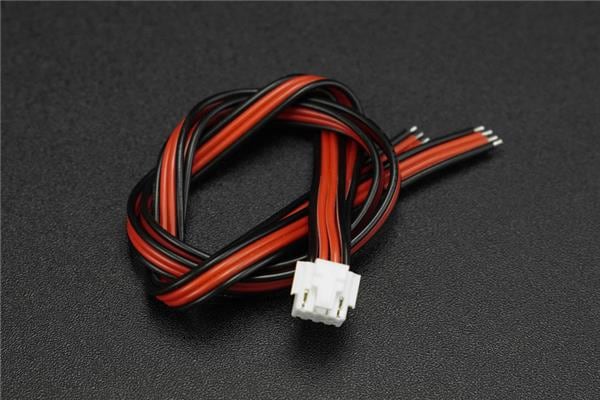
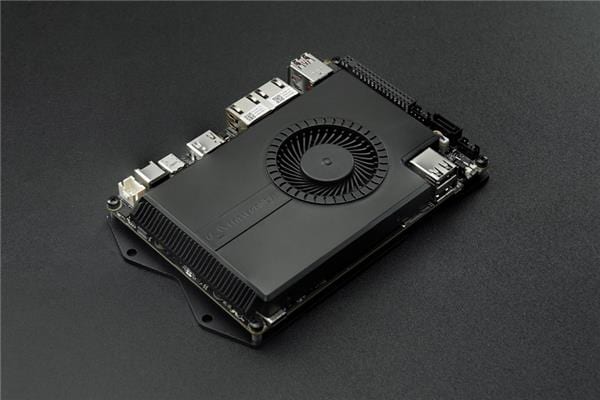
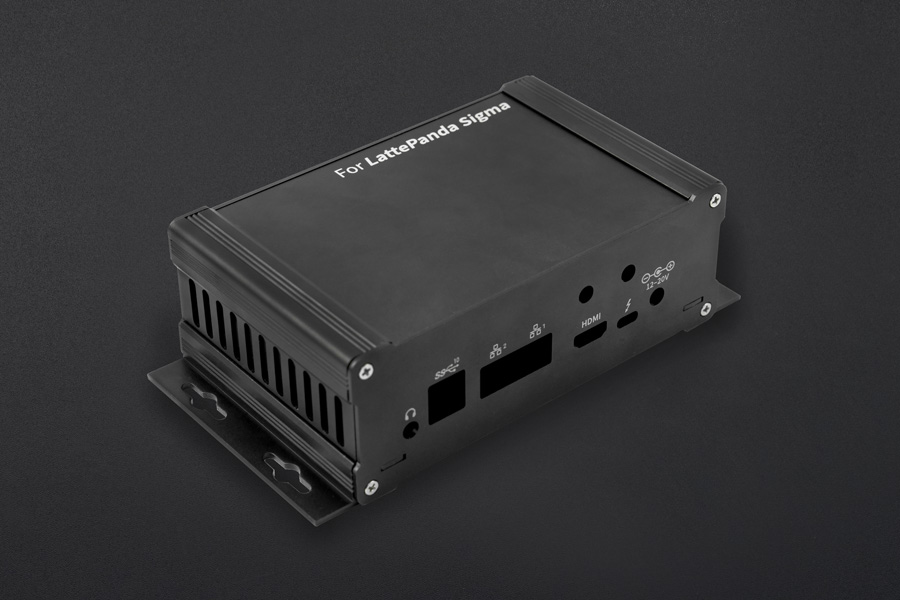
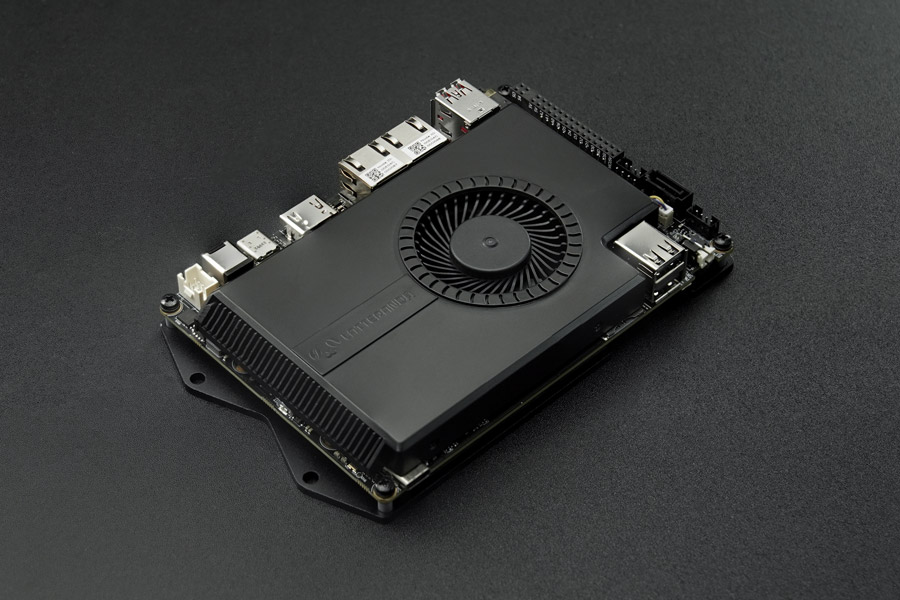
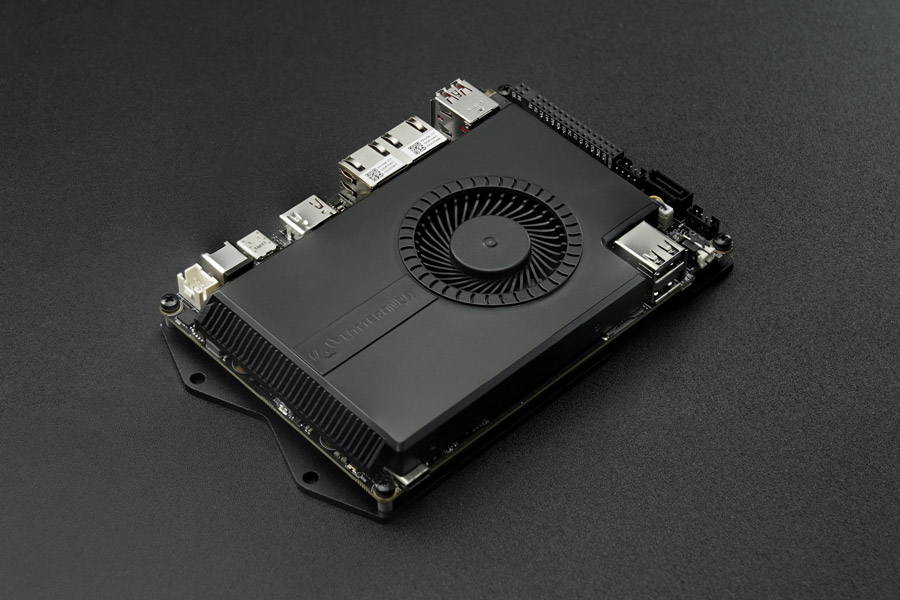
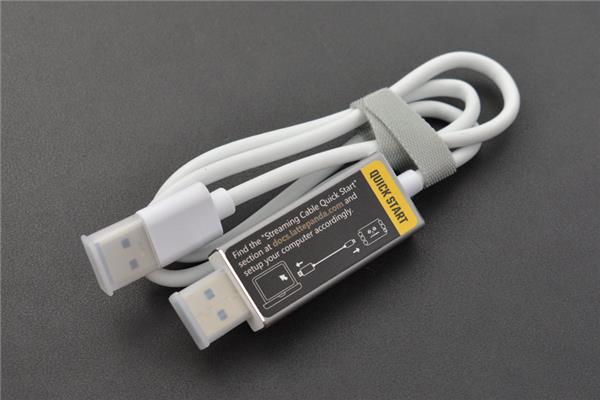

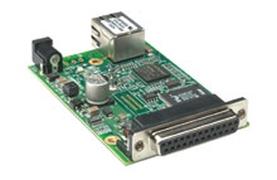

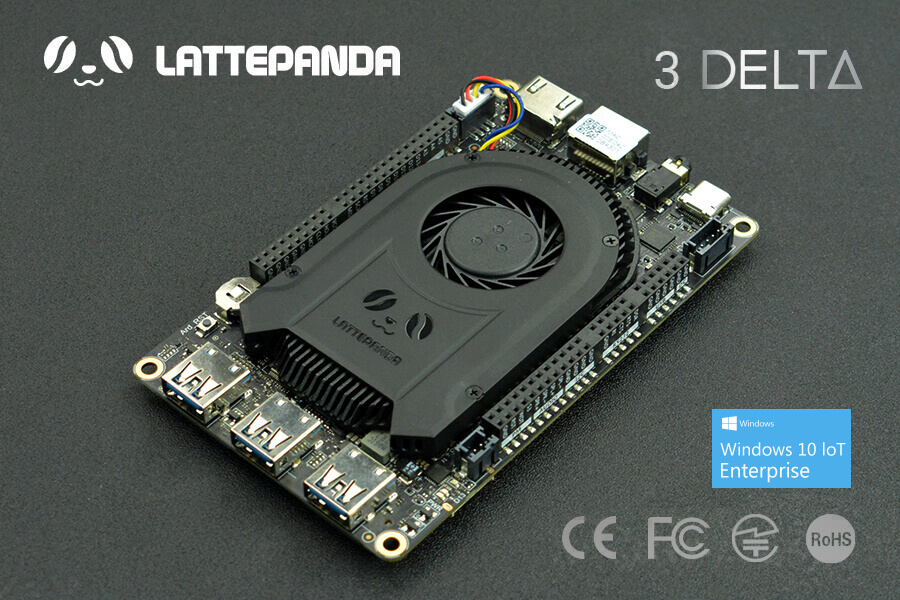
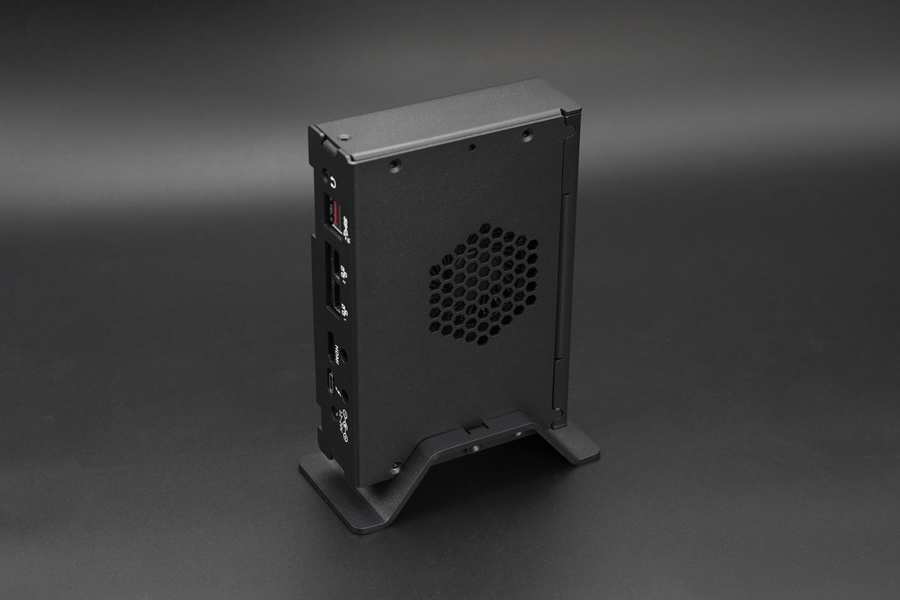

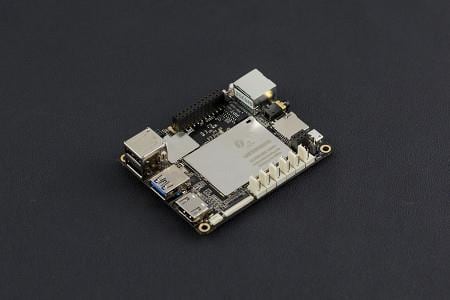
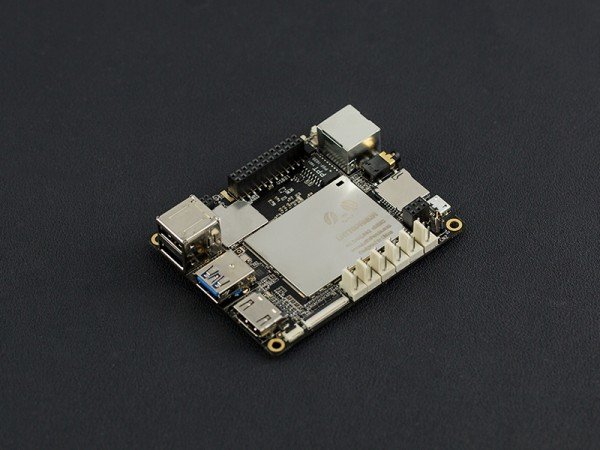
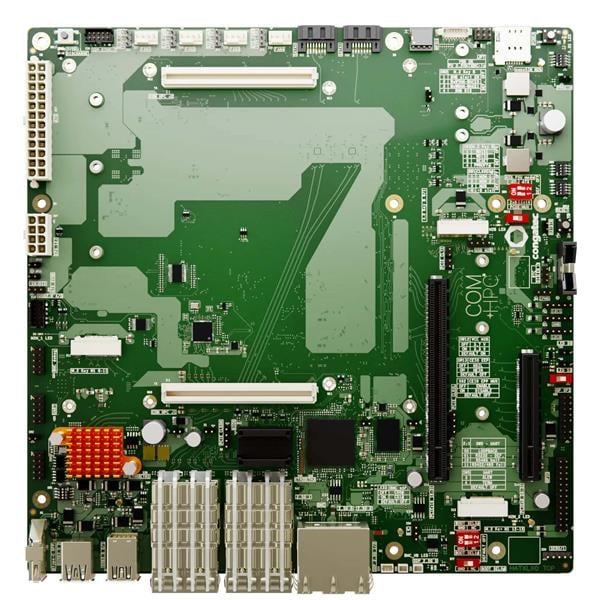
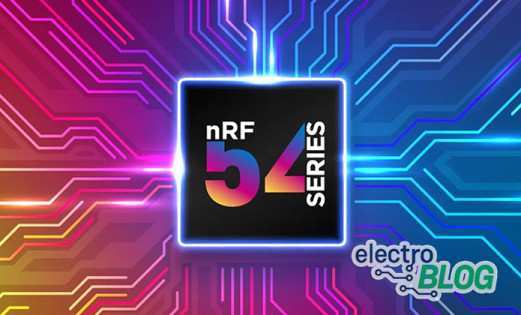
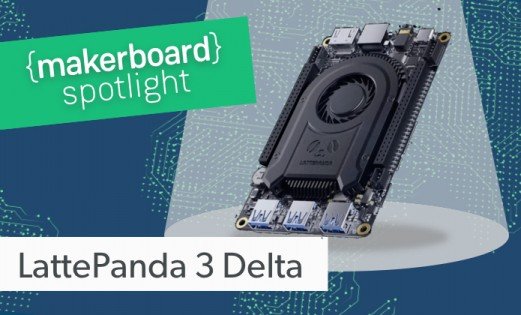
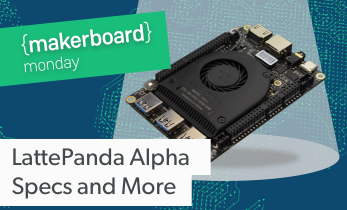
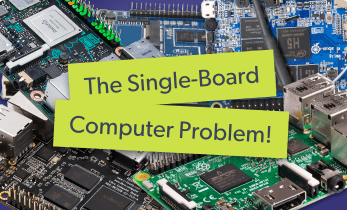
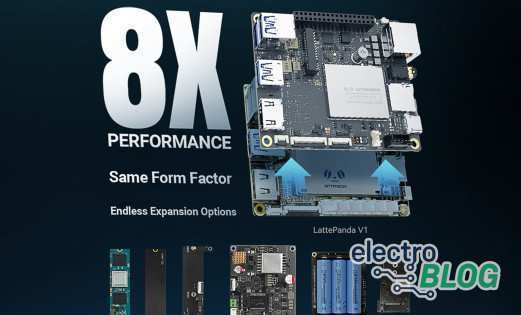
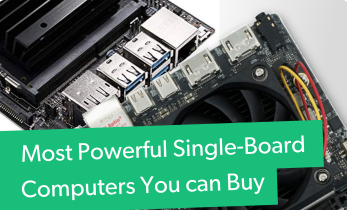


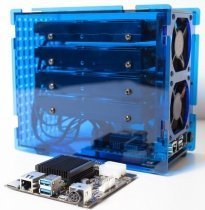
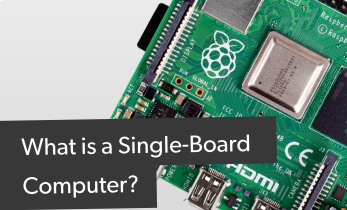
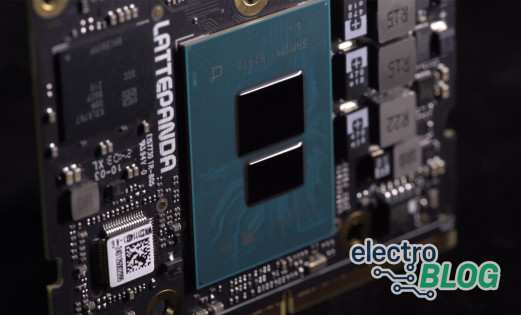
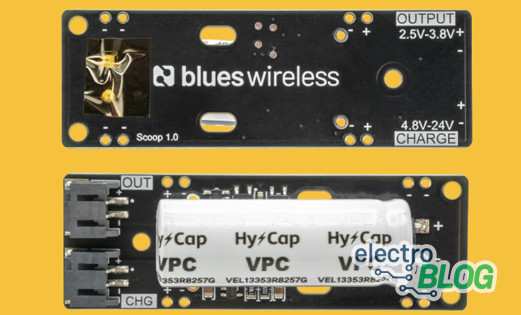
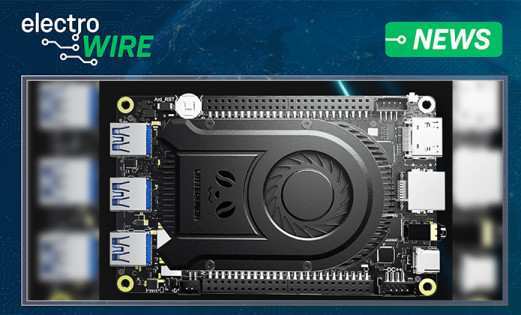

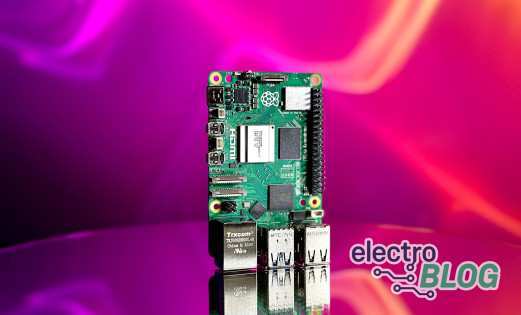

Leave your feedback...